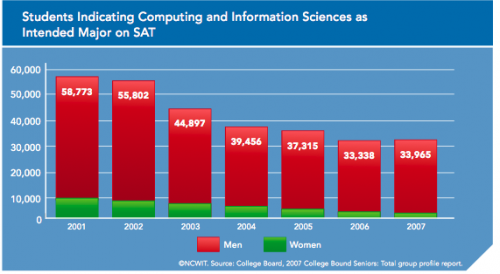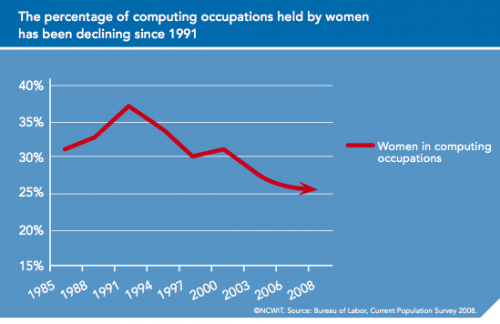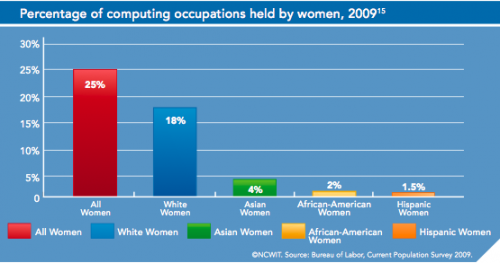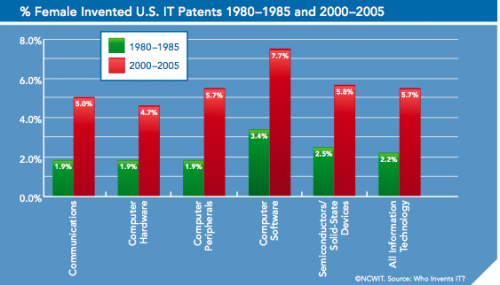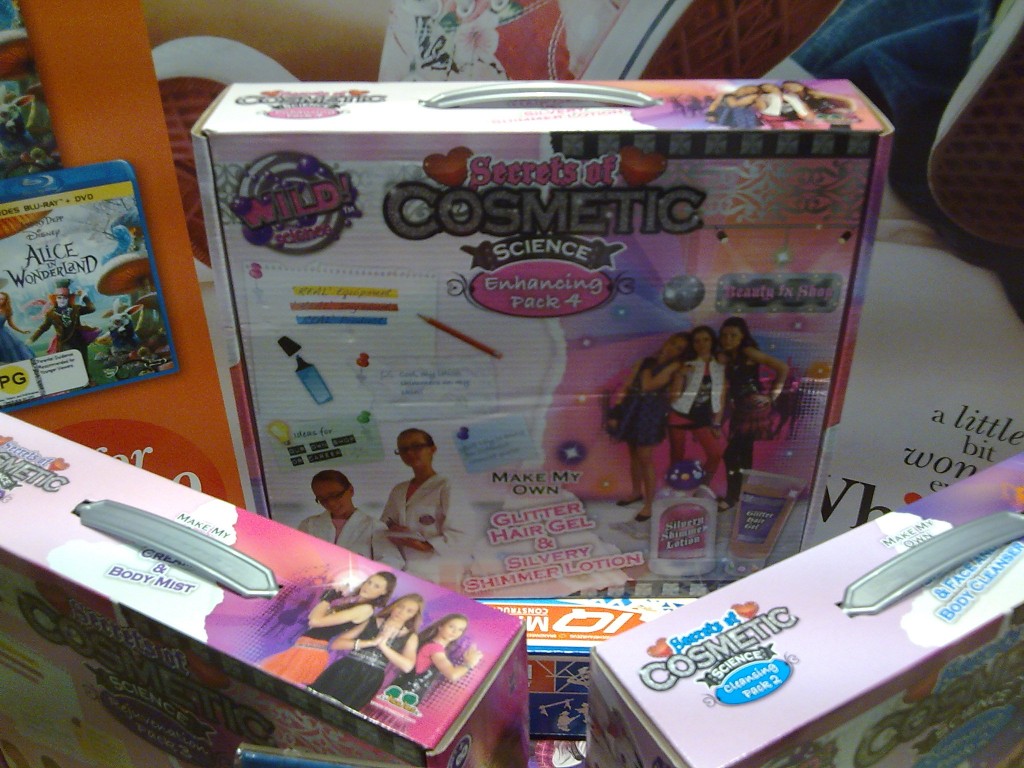The phrase “nature/nurture debate” refers to an old competition between those who think that human behavior and psychology is determined by biology (that is, genetics, both evolutionary and individual, hormones, neurology, etc) and those who believe that it is determined by environment (that is, socialization, cultural context, experiences in childhood, etc). While the nature/nurture debate rages in the mass media, most scholars reject it altogether. Instead, social scientists and biologists alike recognize that our behavior and psychology is the result of an interaction between nature and nurture (yep, even sociologists like myself).
A recent story on NPR illustrates this beautifully. James Fallon, a neuroscientist specializing in sociopaths, had been scanning the brains of murderers for 20 years. His research had demonstrated that sociopath brains have a distinct appearance: dark patches in the orbital cortex, the part of the brain responsible for moral thinking and controlling impulses.
You can see the dark patches in the brain on the right, the brain on the left is a “normal” brain:
At a family gathering one day, Fallon’s mom mentions that there were some pretty violent types in Fallon’s own family history (it apparently didn’t come up anytime in the previous 20 years !!!) and, so, he investigates. It turns out that there were eight proven and alleged murders in his ancestral line, including Lizzy Borden, one of the most famous murderers in history. Because Fallon knows that the atypical neurology associated with sociopaths runs in families, he decided to scan the brains of all his family members. No one had the dark patches.
Except him. Fallon had the dark patches. In fact, that brain on the right: that’s him.
Not only did he have the neurology of a typical sociopath, he also carried a genetic determinant known to be associated with extreme violence.
Fallon doesn’t have the answer to why he’s not a sociopath, but scientists think that a person needs to have some sort of experiential trigger, like abuse as a child, in addition to a biological predisposition.
Significantly, [Fallon] says this journey through his brain has changed the way he thinks about nature and nurture. He once believed that genes and brain function could determine everything about us. But now he thinks his childhood [and his awesome mom] may have made all the difference.
For related examples, see our posts on the response of testosterone levels to political victories and the historical shift in the average age of menstruation.
Lisa Wade, PhD is an Associate Professor at Tulane University. She is the author of American Hookup, a book about college sexual culture; a textbook about gender; and a forthcoming introductory text: Terrible Magnificent Sociology. You can follow her on Twitter and Instagram.






